Can farmers save money on Nitrogen fertilizers?
2022. February 11., Friday
2022. February 11., Friday
Both, crop prices and agricultural input prices have arrived at an all-time high. Farmers are faced withdifficult decisions. Should they keep the old strategies which served them well in the past or should they change? There are those who react by reducing amounts of normally used fertilizers, and those who are planning to use alternative solutions to replace fertilizers. And of course, there are those farmers who plan to follow the current, well proven, sustainable fertilizer application, based on science-based calculations to reach their goals and results. This decision is not easy but on the other hand it is not rocket science at all.
The drastic reduction of applied fertilizer amounts would only be a “productive” solution in case where one has applied the fertilizer to the land in a “wasting” scale by spreading simply too much.
In general, those nutrients which are leaving the field with the harvest should be replenished on a yearly basis otherwise it will result in soil mining, where productivity is slowly going down. Nitrogen application should even be split, instead of applying the whole dose at one point in time. And not to forget that the Nitrogen form has a huge impact on the Nitrogen Use Efficiency.
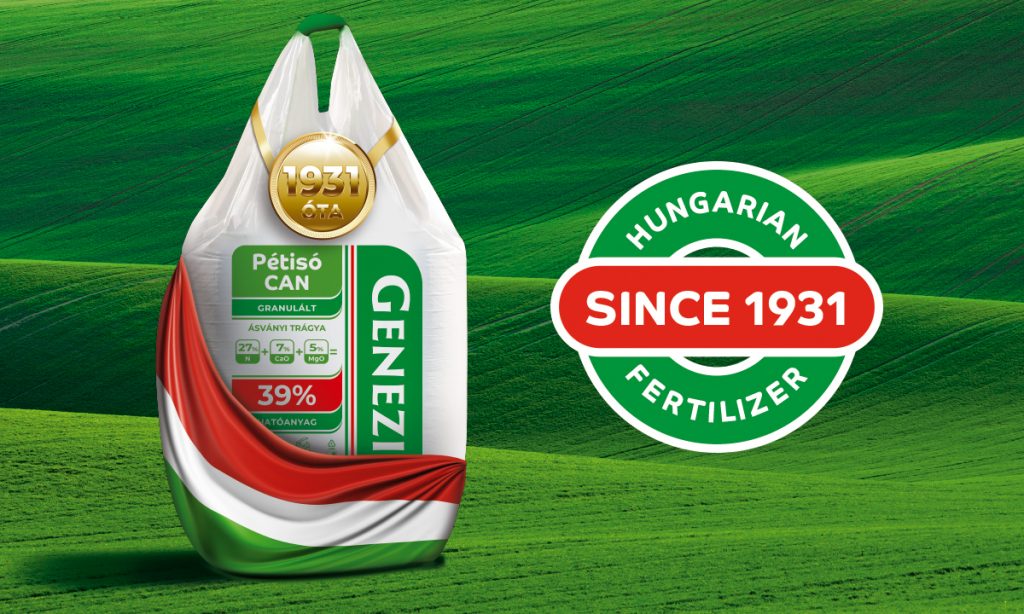
CAN is the most efficient form of Nitrogen in Central and Eastern Europe on the other hand the UREA which has the largest Nitrogen content has also the largest Nitrogen loss if spread and not incorporated in the soil. Thinking of using alternative materials instead of fertilizers, there are plenty of possibilities in the hands of farmers. Some will turn to liming materials, others will try to use foliar fertilizers and there are some, who will see the solution in using animal manure instead of fertilizers. If you think about these alternative methods, you will come to the conclusion that neither of these steps can replace a normal mineral fertilizer application. They are complementary. All of the above listed activities have a good influence and are beneficial for the yield. Limestone in doses up to 2 t per ha and reduced mineral fertilizer
Nitrogen levels will mobilize nutrients but show lower yields at the end. Liming undisputedly helps to raise the pH of acidic soils –this is its purpose – and if the soil has an extreme acidic characteristic, it will improve the phosphorus (P) mobilization and uptake by the plants, furthermore it will improve soil structure.
The liquid or so-called foliar fertilizers are great products also, but their main purpose is to replenish the micronutrients such as Zn, Cu, Mn, B etc and are not an effective way for the macro (N, P, K) nutrient replenishment. One part of the needed nutrients can be taken up through the leaves of the plant efficiently, compared with the root application, but a large amount of macro nutrients (N, P, K, Mg, S) cannot be refilled through the leaves. Foliar fertilization helps the utilization of other nutrients through the roots as well and deficiency symptoms can be cured this way. You can get better yields by adding foliar fertilizers, but in case of arable land, foliar fertilization covers only a small amount of the overall macro nutrient uptake.
The application of different sources of animal manure or animal manure-based fertilizer products have their own benefits (improved soil structure, Nitrogen puffer in organic substance, organic matter replenishment, addition of organic matter, excellent combination with mineral fertilizer especially in cold spring), however it is difficult to apply the total amount of nutrients via organic fertilizers. Due to their low nutrient content (0.12-1,5%) huge amounts need to be applied and especially in a cold spring, mineralization of Nitrogen is delayed, whereas in a warm and wet environment too much Nitrogen can be made available.
The volumes of nutrients needed alone in Hungary with its 4,15 M ha of arable land are simply not available. In best case Hungary has 3,5 M t of available manure and the 2,5 M m3 of liquid manure - all together – adds up to 12 kg/ha N,P, and K active substance, far away from what is considered as adequate fertilization.
Fact based decisions are necessary
Between 2012 and 2019, Genezis carried out large field experiments (5 ha plots) with 500 Hungarian farmers (each individually had more than 300 ha of arable land). In total 933 field experiments in wheat, rapeseed, corn and sunflower within 8 years performed.
The standard fertilizer application of participating farmers were compared with the efficiency of the Genezis advice which was based on the so called ProPlanta software, developed by the Hungarian Scientific Academy (MTA). The reduction of applied Nitrogen fertilizer with 20 % resulted in a notable yield loss. Central-European farmers should not increase further the gap of used fertilizer amounts compared to Western European countries. By not using the maximum potential of our arable land we can not achieve optimal yields putting the entire
food-chain under pressure and endangering our efficiency. In times when the EU is facing a gas crisis we are just not prepared for a food crisis on top.
Let the numbers talk!
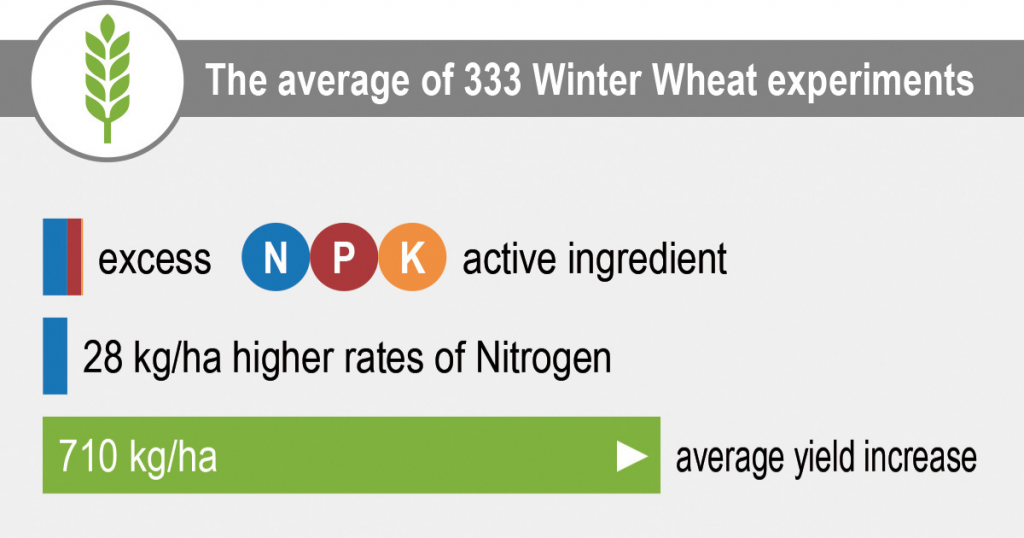
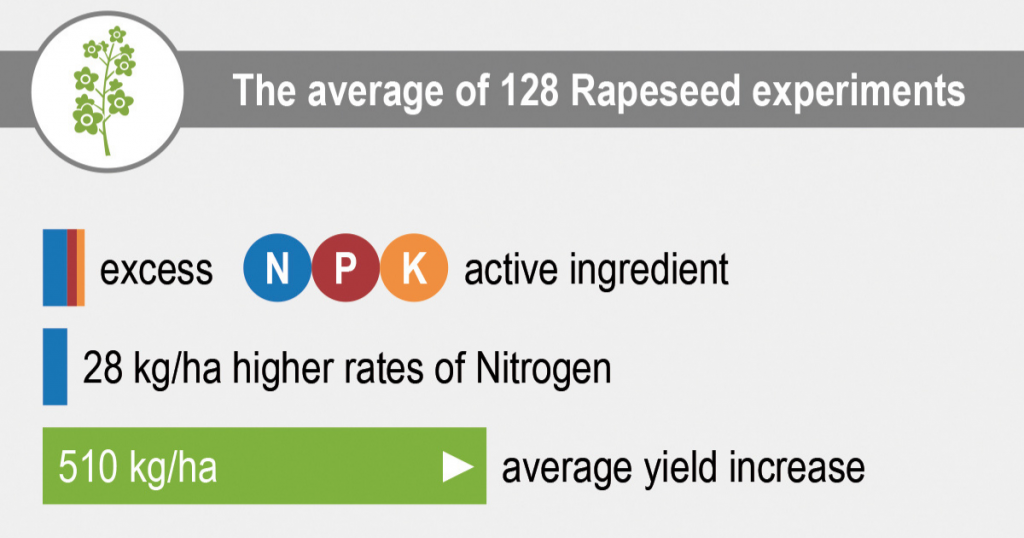
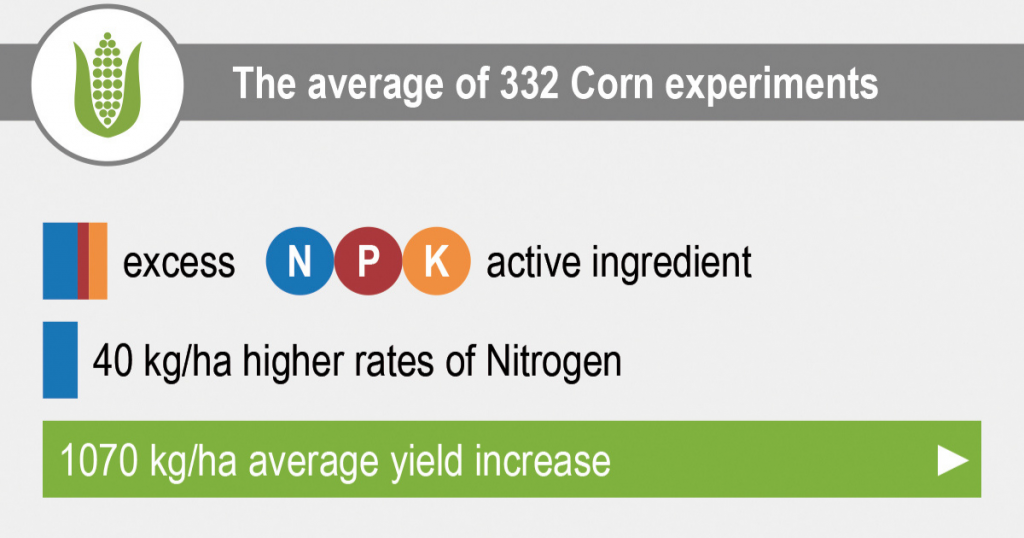
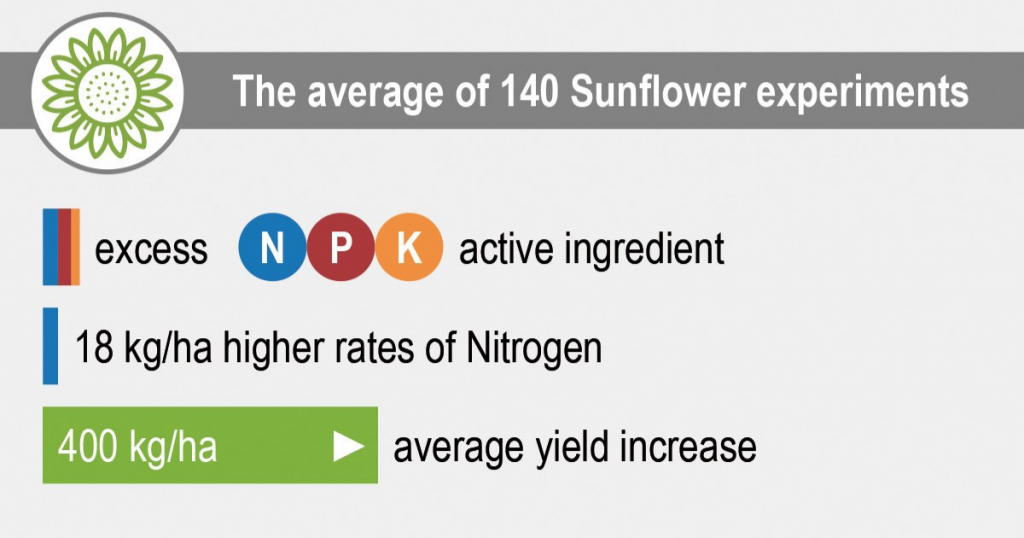
Conclusion
Difficult times need different strategies. It is fair to assume that in a single year, the main yield differences are coming from the lack of Nitrogen, because there are usually large amounts of P and K in the soil and they need to be replenished in a longer time period. Reducing P and K amount in a single year will not impact yields to a large extend in this single year but Nitrogen reduction can be recognized
immediately. In the above-mentioned field trials, farmers used between 18 and 22% less Nitrogen than Genezis recommended and achieved a yield which was between 10 and 13% lower. By applying 21% less Nitrogen than Genezis recommended, farmers saved EUR 66/ha (at Feb
2022 Petiso price of EUR 625/t) and lost at the same time 11% in yield which translates to lower yield of EUR 261/ha. By reducing Nitrogen by 21% farmers lost EUR 195/ha every year. Is it worth to repeat this in 2022?